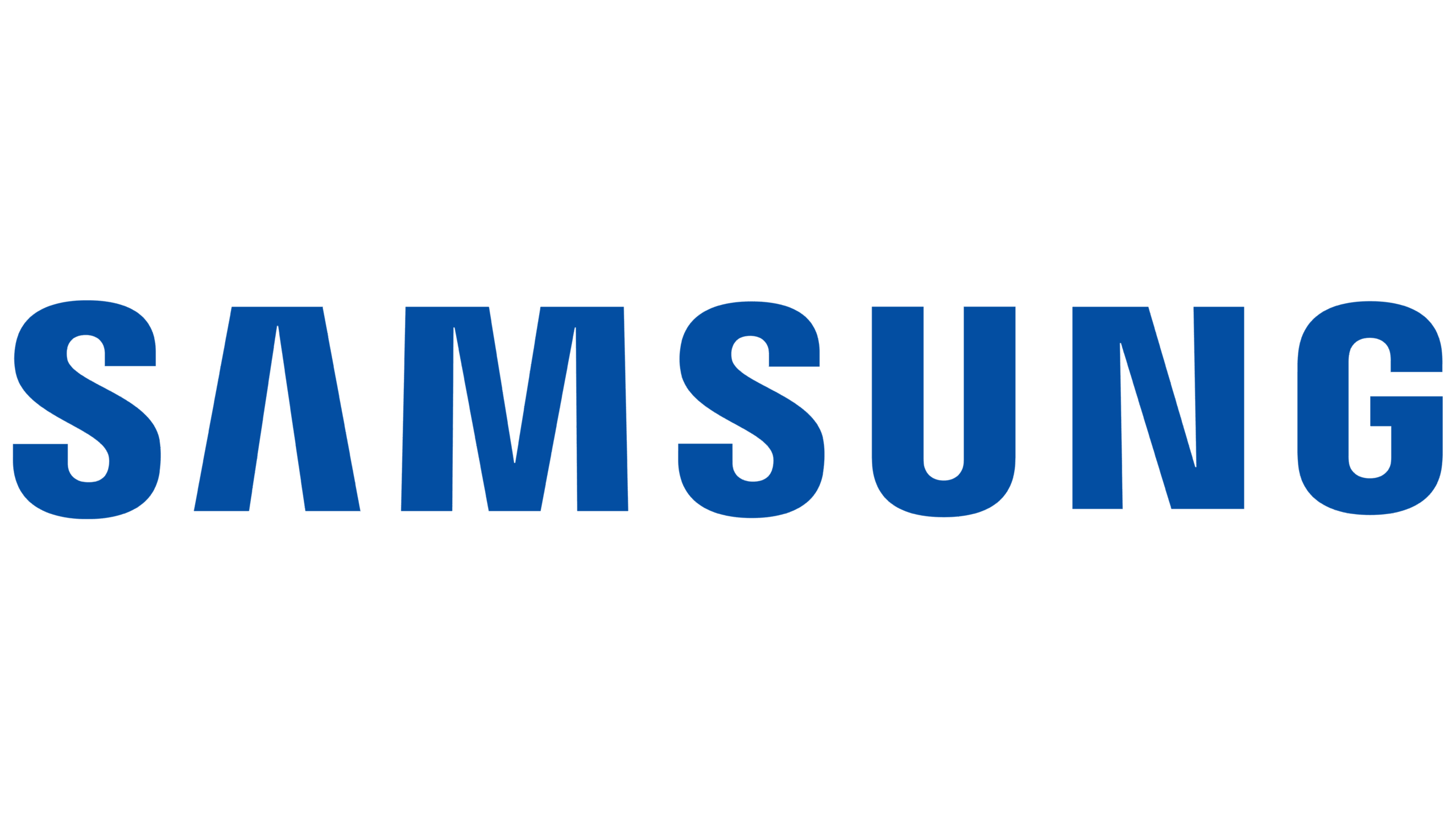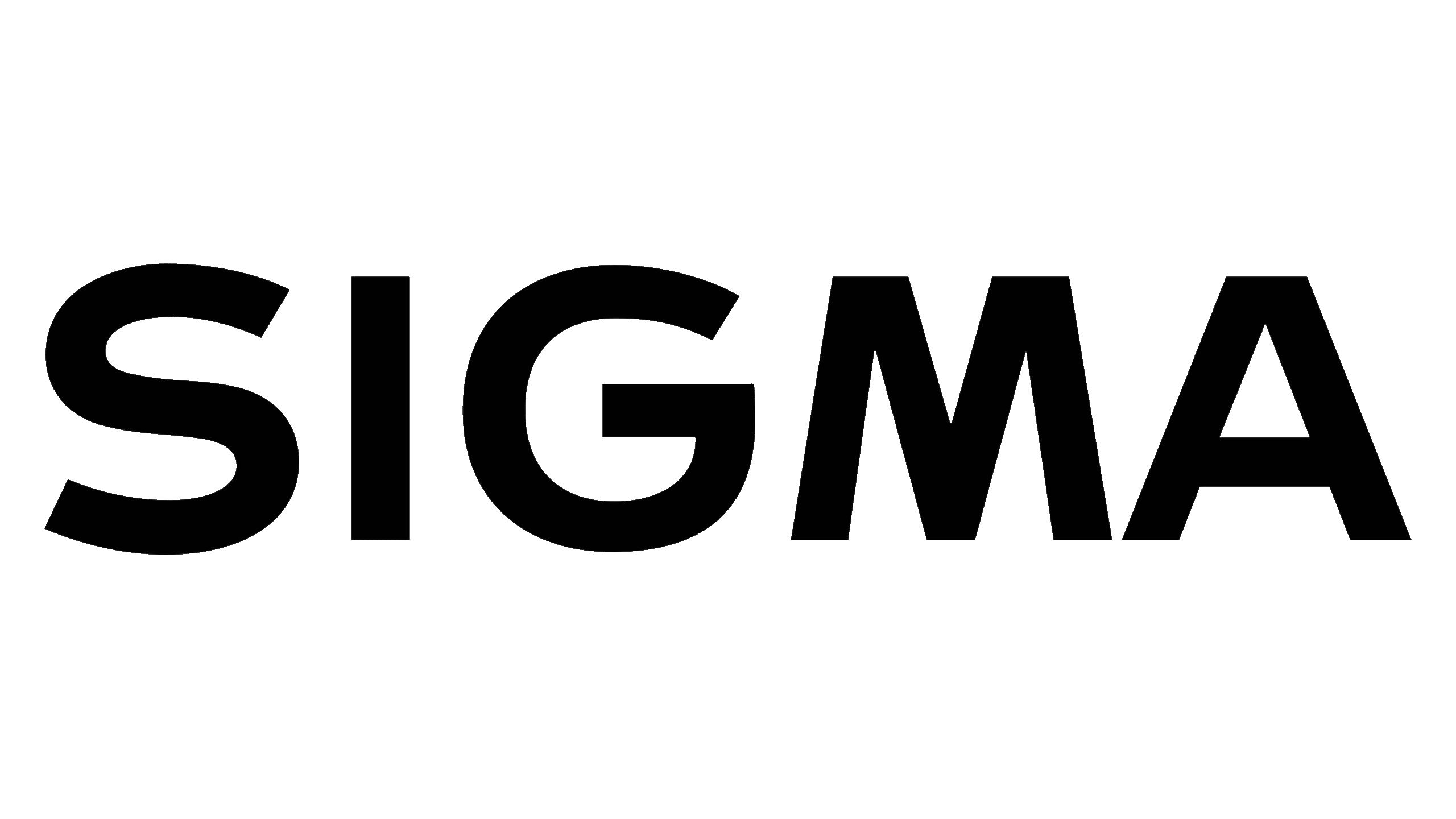Equipment
Canon R5
The next level of photography
The Canon R5 remains a top-tier choice for nature photography in 2025, combining cutting-edge technology with unparalleled versatility. Its lightning-fast shooting speed and advanced autofocus system capture even the most elusive wildlife moments with precision. Paired with its high-resolution sensor, the R5 delivers stunning image quality that continues to set industry standards, earning its place in galleries worldwide.
For photographers entering the scene today, the Canon R5 might be an ambitious investment, but it’s one that pays off in creativity and capability. Its blend of professional-grade features and intuitive design makes it a powerful tool for honing your skills and pushing the boundaries of what you can achieve. Alessandro himself elevated his craft with the Canon R5, capturing the raw beauty of nature in breathtaking detail.
Always remember: a great camera like the Canon R5 unlocks potential, but it’s your unique perspective and dedication that turn moments into masterpieces.
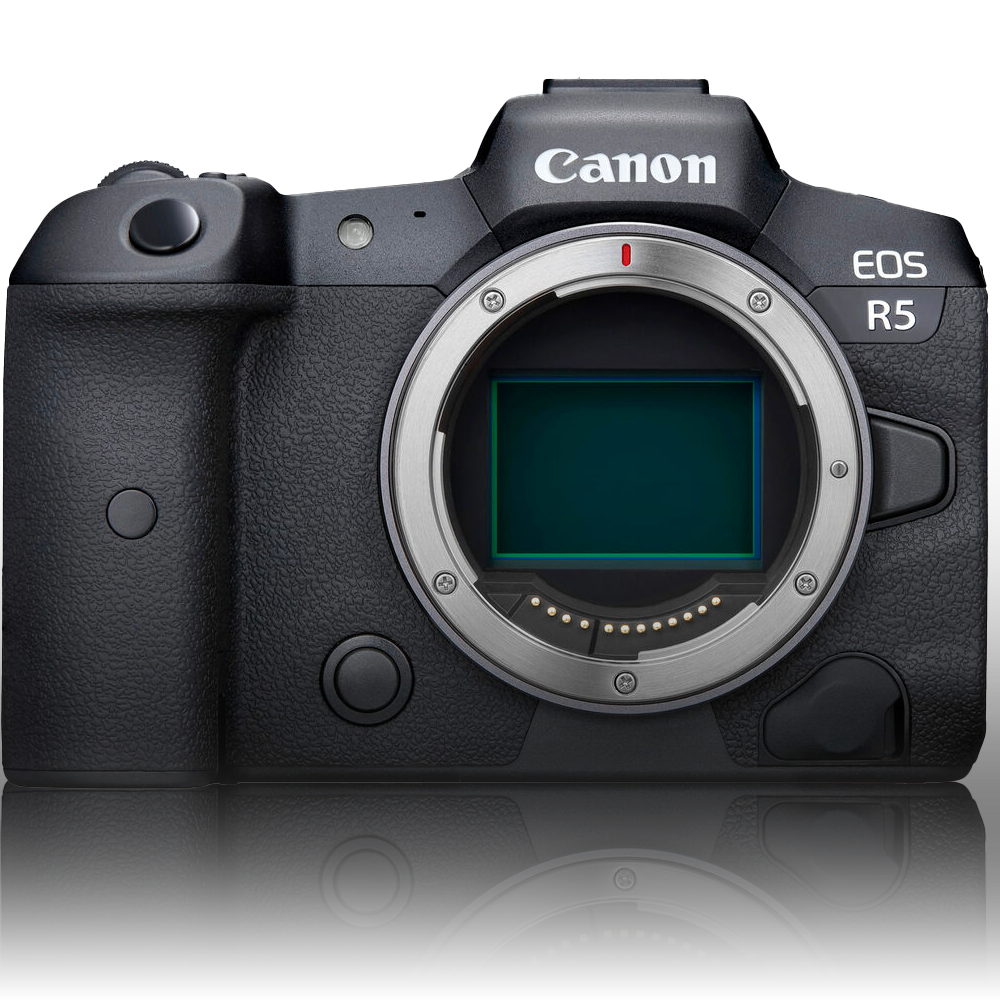
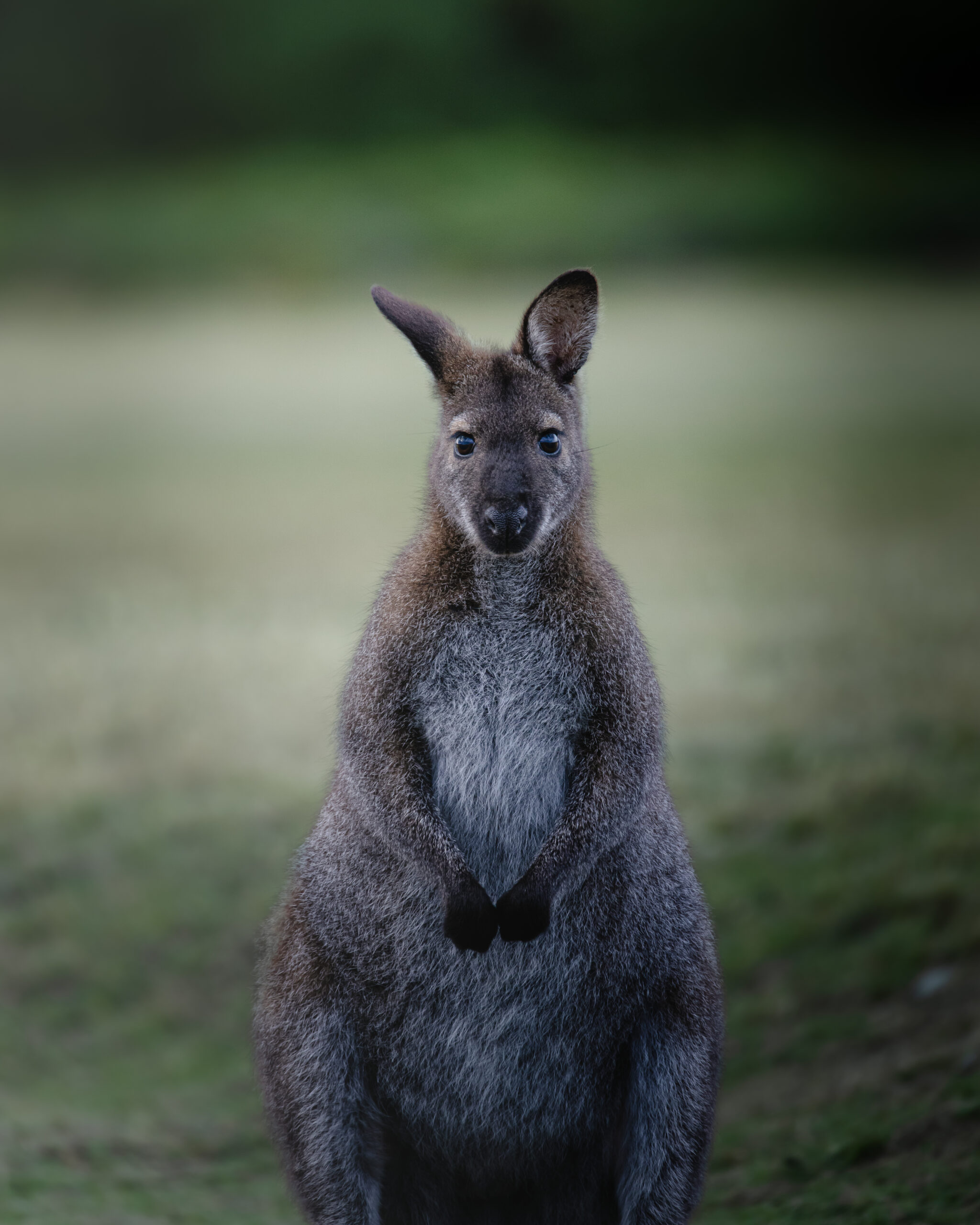
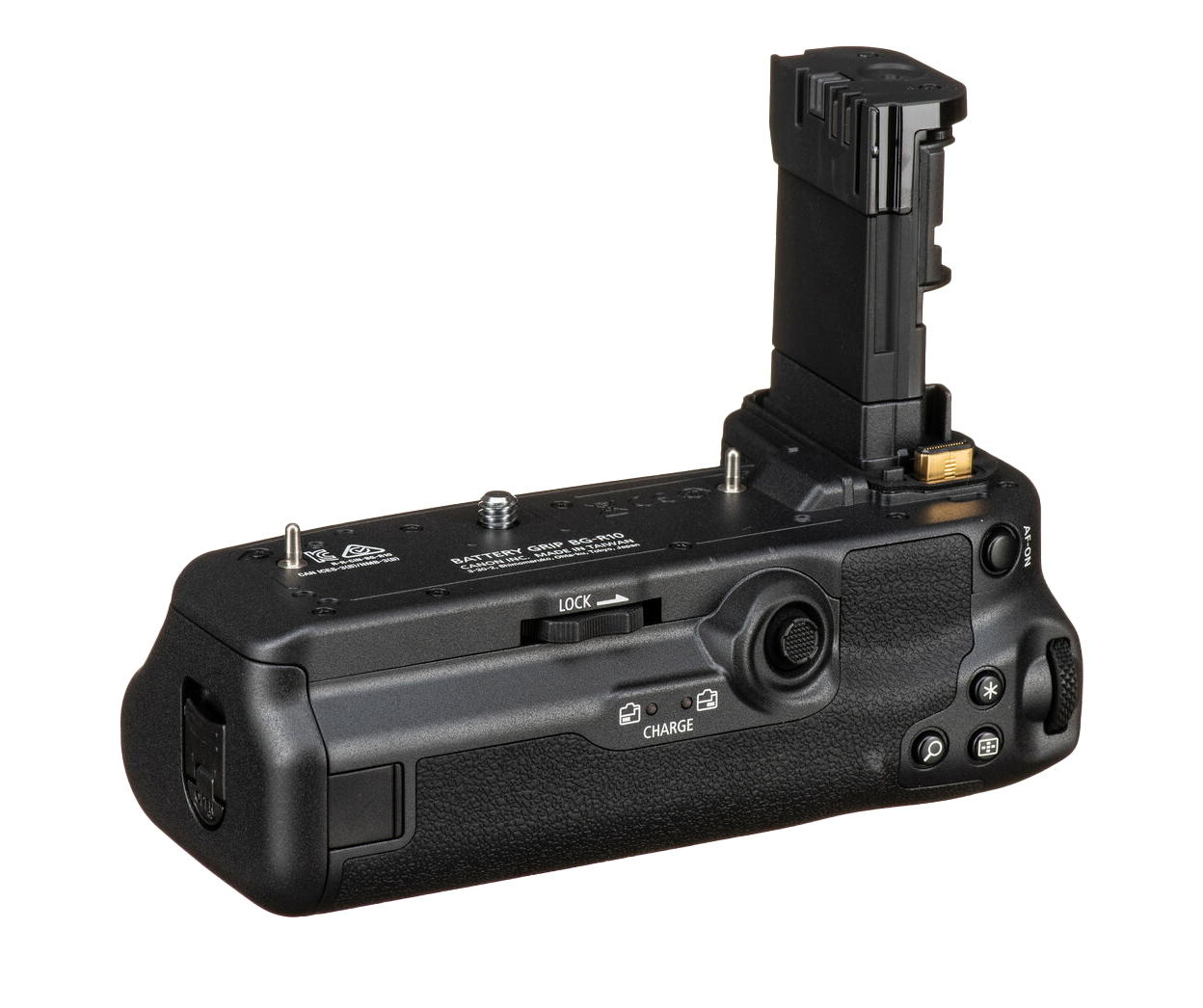
Canon BG-r10
Long live to R5!
The choice to use a battery grip is a personal one, depending on how you use your camera. It’s an accessory that can be a real lifesaver in certain situations. Most wildlife photographers choose to use a battery grip because it extends the camera’s battery life with its dual battery slots.
Some photographers choose not to use it. The main reason usually comes down to weight and the fact that it makes the camera significantly bulkier.
So, what’s the best choice?
A battery grip is especially useful if you shoot vertically most of the time. Having all the controls available on the lower side of the camera when it’s rotated is very convenient—even having the shutter button on that side is a great advantage.
As mentioned, the extended battery life is one of the key benefits of using a grip. In fact, many photographers buy it mainly for this reason—it reduces the need to constantly recharge.
On the downside, it does increase the overall size and weight of your setup. If you prefer a compact and lightweight camera, then the battery grip might not be the best choice for you. But if you don’t mind the added bulk and want longer shooting sessions without changing batteries, the battery grip can be a great investment.
steps for a good choose of the camera equipment
Type of picture you need to take
Every camera equipment is crafted with the user in mind. Each model boasts special features tailored to various types of photography. Countless blogs and websites, including official sources, offer invaluable guidance to help you choose the perfect camera for your needs.
The weight
When considering a camera for your adventures, ask yourself: “Do I need to travel with this camera?” Consider the demands of your journey. Will you be trekking for kilometers, where weight becomes a crucial factor? Think about whether you truly require the power of high megapixels and a bulky camera body for your travels.
With the advent of mirrorless cameras, weight concerns have been largely addressed. However, it’s essential to remember that many beginners may not yet be familiar with these advancements in photography technology.
If you’re inclined towards nature photography, your options may be more limited. In this realm, large lenses are often a necessity, accompanying you on every photographic expedition.
The set
Once you’ve selected your camera, it’s crucial to consider the accompanying set of lenses. Lenses often constitute the most substantial investment in this passion. They play a pivotal role in shaping the quality and versatility of your photography, whether it’s for personal enjoyment or as part of your future business endeavors.
Additionally, don’t overlook the other equipment necessary to support your passion or potential business. From tripods to filters, lighting equipment to storage solutions, each piece plays a vital role in enhancing your photographic journey and ensuring your success in the field.
Sigma 160-600 F/5-6.3 sports
The way to be a professional starts here


The Sigma 150-600mm f/5-6.3 DG OS HSM Sports Lens is a versatile super-telephoto lens designed for capturing distant subjects with precision and clarity. With a focal range of 150-600mm, it’s perfect for wildlife, sports, and action photography. The lens features Optical Stabilization (OS) to reduce camera shake, a Hyper Sonic Motor (HSM) for fast and quiet autofocus, and a rugged, dust- and splash-proof build for durability in tough conditions. Its fluorine coating repels water and dust, while customizable controls like focus limiters and focus hold buttons enhance usability. Ideal for photographers who need reliability, portability, and professional-grade performance, the Sigma 150-600mm Sports Lens delivers stunning results in any challenging environment.
PRO
- Excellent Zoom Range (150-600mm)
- Covers a versatile range for wildlife, birds, sports, and even some landscape compression shots.
- Good Image Quality for the Price
- Sharpness is impressive, especially in the Sport (S) version.
- Good contrast and color rendition.
- Affordable Compared to Alternatives
Cheaper than Sony 200-600mm, Canon RF 100-500mm, or Nikon 180-600mm.Optical Stabilization (OS) Works Well
- Effective OS system, reducing handshake at longer focal lengths.
- Decent Autofocus (AF) Performance
- Fast and accurate AF, especially in the Sport (S) version.
- Works well with modern mirrorless bodies via adapters.
- Weather Sealing (Sport Version Only)
- The Sport (S) version is fully weather-sealed, making it more durable in tough conditions.
- Compatible with Teleconverters
- Can be used with Sigma’s 1.4x and 2x teleconverters for extended reach.
CONS
- Heavy and Bulky
- Contemporary (C): 1.95 kg (~4.3 lbs)
- Sport (S): 2.86 kg (~6.3 lbs)
- Handholding for long periods can be challenging.
- Variable Aperture (f/5-6.3)
- Limits low-light performance, requiring higher ISO in darker conditions.
- AF Slower Compared to OEM Lenses
- Not as fast as Sony 200-600mm, Canon 100-500mm, or Nikon 180-600mm, especially in low light.
- Softness at 600mm
- Loses a bit of sharpness at the long end (especially the Contemporary version).
- Focus Breathing (Some Models)
- Slight focus breathing can be noticeable when tracking moving subjects.
- Limited Native Mirrorless Support
- Works better with DSLRs; on mirrorless, performance depends on the adapter and camera model.
- No Internal Zooming
- Extends while zooming, which can let dust in over time and makes handling less smooth compared to internally zooming lenses.
Dji mini 3 pro
Changing of perspectives
The drone has become an indispensable tool in the backpack of every photographer and videomaker, with DJI reigning supreme as the industry leader. At present, DJI faces little competition in the sector.
For beginners seeking to delve into the world of aerial photography and videography without the need for a flying license, the DJI Mini 3 Pro stands out as the optimal choice. Even in 2023, it retains its status as the top small drone on the market, offering the ability to capture RAW photos and D-Cinelike video footage.
With the introduction of the Mini 4, the Mini 3 Pro remains a worthwhile investment, boasting features and capabilities that continue to impress and inspire creativity.
In my gallery you can see how this small drone can make something incredible.
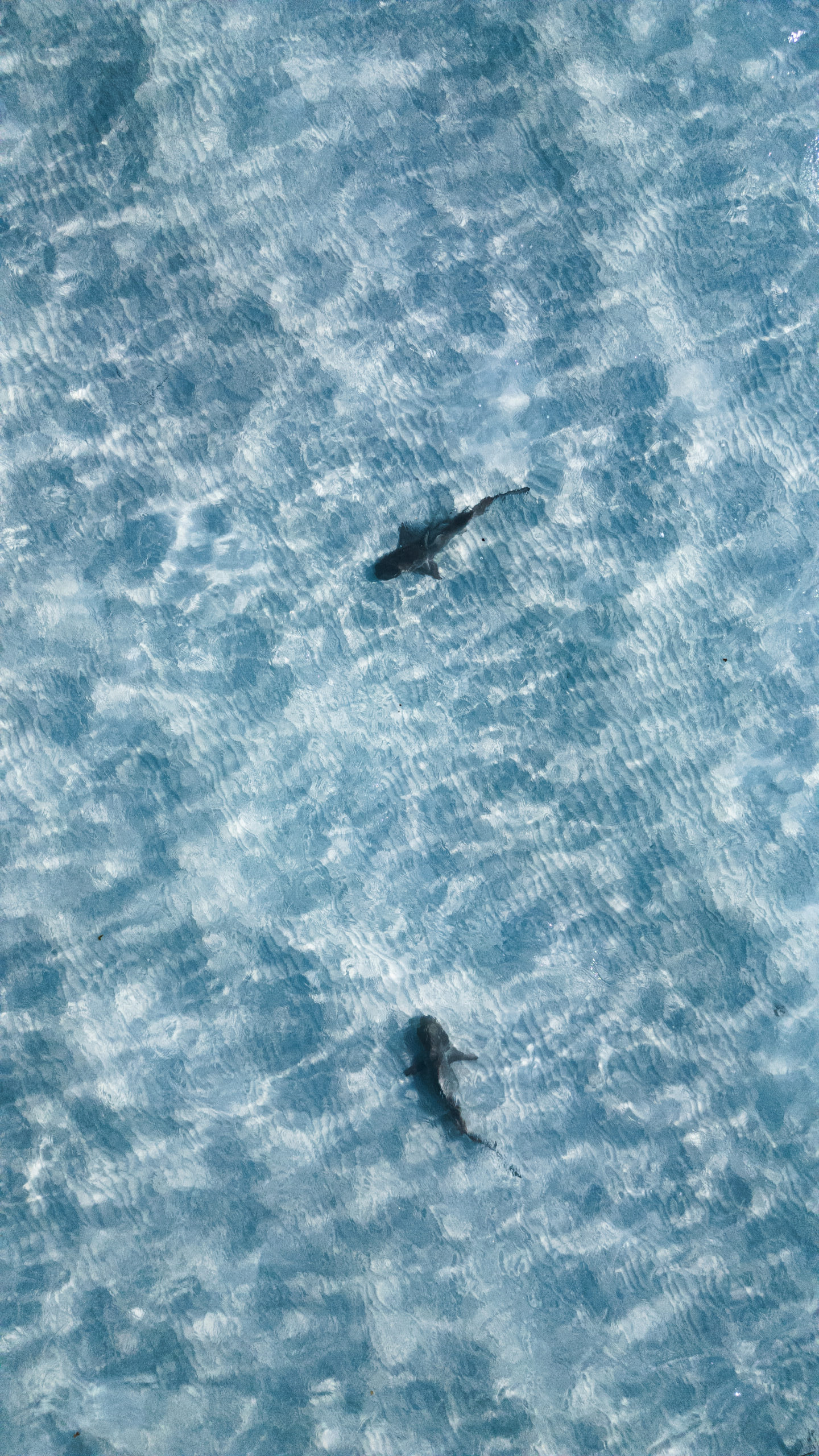
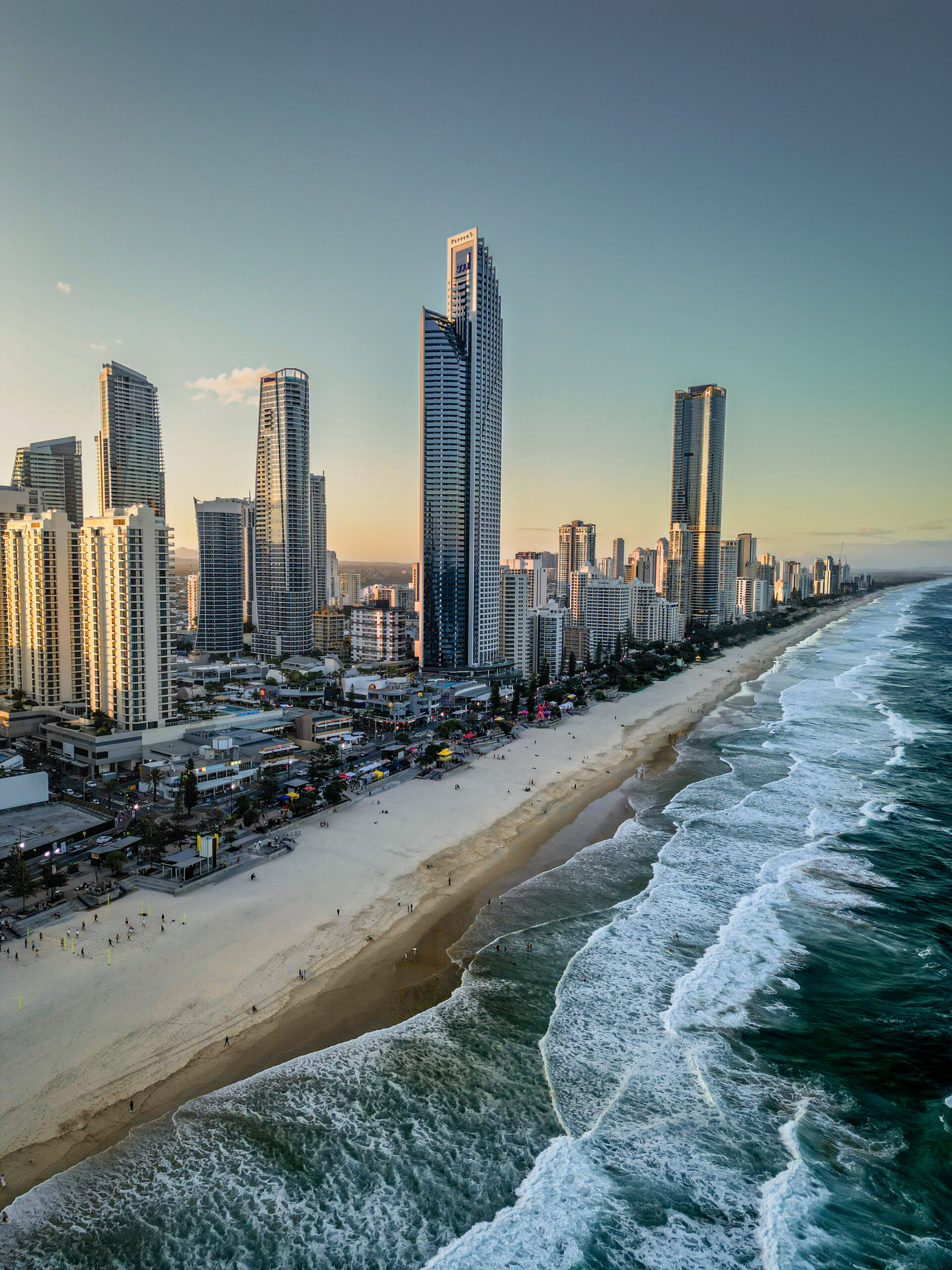
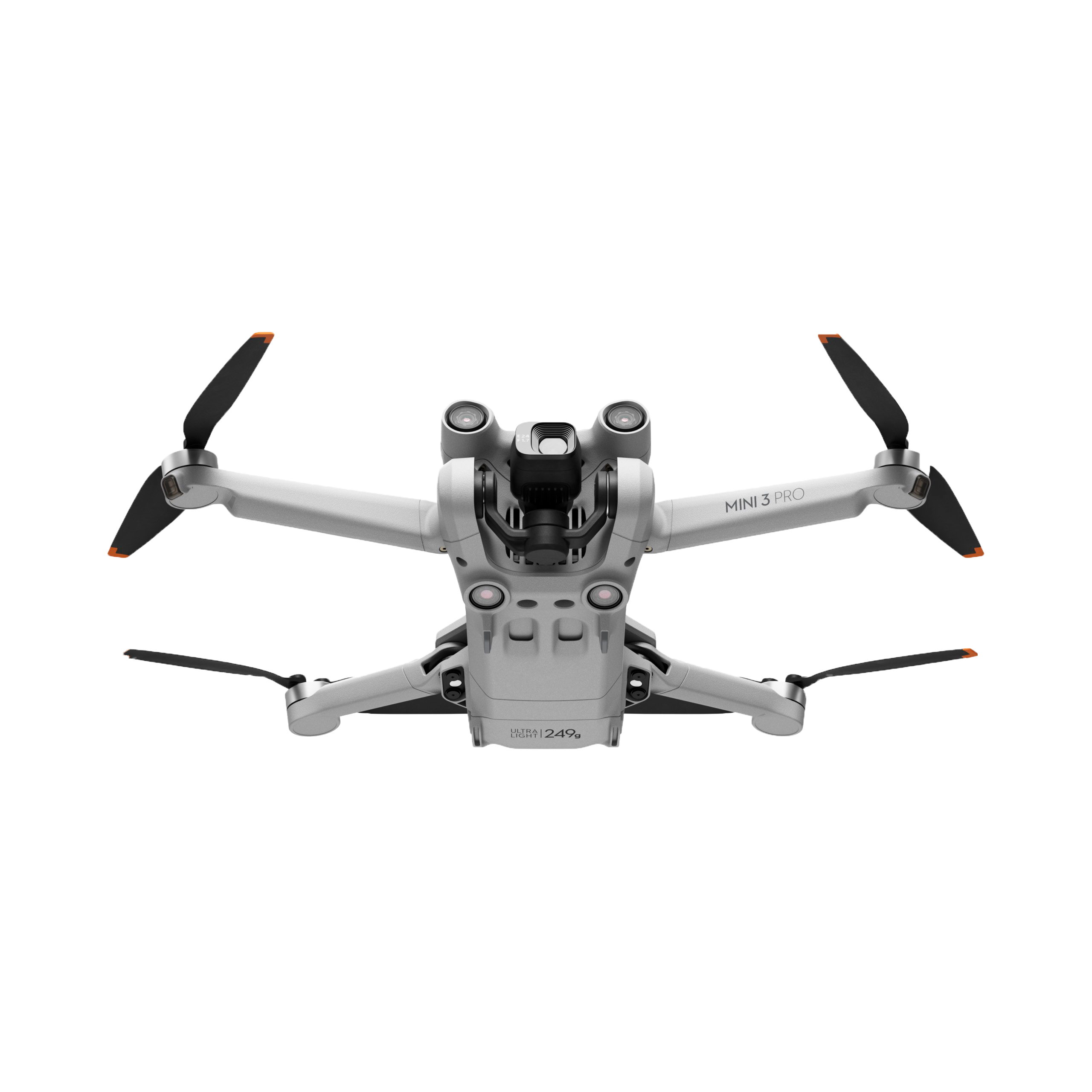
Insta360 one rs 1-inch edition
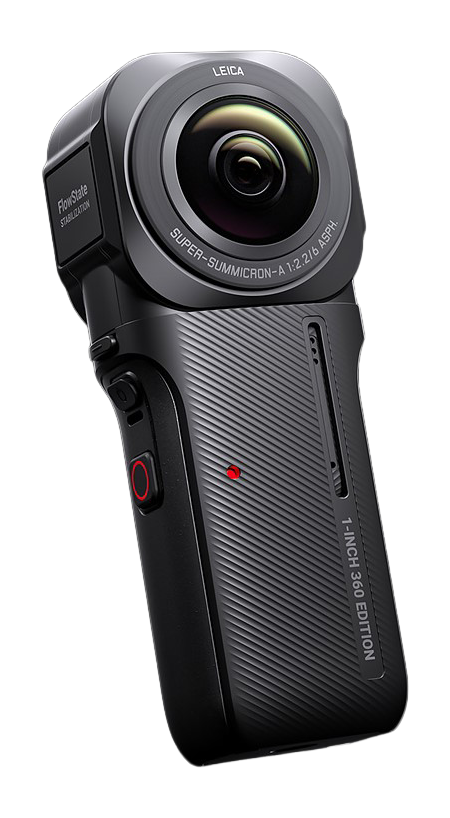
A proper 360 camera to shot the incredible. Action cams are now in the gear of every photographer, It’s a camera with “another point of view”. Useful if you want to capture moments or video that you couldn’t do with your camera.
Samsung Galaxy Z Fold 6
Who said that it isn't inside camera equipment?
When I head into the field for wildlife photography, my professional gear is always the priority. The long lenses, the heavy tripod, the camera bodies—those are the tools I rely on to capture the images I’ve been chasing for years. But the reality is, I can’t always have that equipment ready, and that’s where my smartphone steps in.
I’ve been using the Samsung Galaxy Z Fold 6, and it’s quickly become one of my most useful companions outdoors. At first glance, it’s just a phone, but the foldable screen changes everything. The moment I open it up, I’ve got what feels like a small laptop or tablet right in my hands.
That extra screen space makes a huge difference when I’m in the middle of nowhere and want to check my shots, do quick edits, or even write down notes about what I’ve observed. I can crop, adjust colors, and see details that a normal phone screen just doesn’t show. And because it folds down into a pocketable size, I’m not carrying extra weight like I would with a laptop.
Beyond editing, I use it to back up files, organize content, and sometimes even share previews before I’m back in front of my computer. It keeps my workflow moving while I’m still in the field.
For me, the Galaxy Z Fold 6 isn’t a replacement for my main gear—it’s a bridge between capturing and creating. It allows me to stay connected, productive, and creative in the wild, without weighing me down.
Even though my professional camera gear remains the heart of my work, the Galaxy Z Fold 6 is a surprisingly capable companion in the field. It unfolds into a small tablet, giving me a clearer view to review shots, do quick edits, and organize content seamlessly.
Key Camera Specs:
Triple rear setup:
50 MP wide-angle main camera with OIS and f/1.8 aperture
12 MP ultra-wide lens (≈13 mm), f/2.2
10 MP telephoto lens with 3× optical zoom and OIS
Selfie cameras:
10 MP on the cover display (front)
4 MP under-display camera inside
Video capabilities: Shoots up to 8K at 30 fps (main camera) and 4K at 60 fps on most lenses.
Features like Nightography, Pro mode, AI editing tools (via Galaxy AI), and Instant Slow-mo are built in to enhance creativity on the spot.
Why It Works in the Field
Compact power: It’s not meant to replace your DSLR or long lens—it’s a handy device for when you need to quickly check composition, focus, or exposure on a larger screen.
Fast edits on the go: The sharp, fold-out display plus AI edits let you crop, adjust, and refine images while still out shooting.
Great backup: With its wide, ultra-wide, and telephoto lenses, you’ve got a versatile light setup for scouting, documenting sightings, or capturing lighter wildlife moments.
This Z Fold 6 fits neatly into my equipment page as a “smart assistant”—one that sits beside my lenses and tripod, ready to fill in whenever speed, portability, and flexibility matter
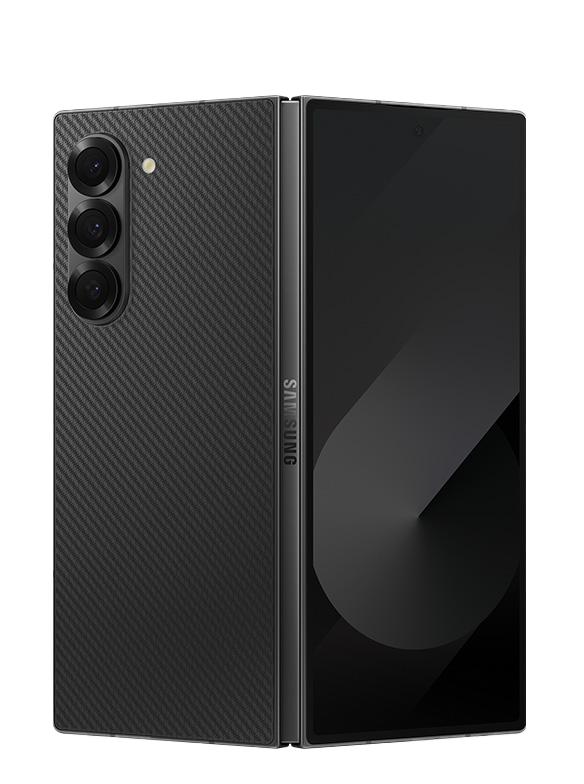

Coman-Ulanzi f38 carbon fiber tripod
Best friend of your camera
The tripod always has been the best friend of our camera. It is essential for a great stabilisation of your video or photos.
The choice of a carbon fiber tripod is because I’m currently travelling and it is the best way to save space and weight without loosing performances.
Pro
- Just 1.1 kg of weight
- 20cm of lenght
- 165cm extended lenght
- Lots of regulations
- Chance to change the head with an additional stick added on the original box
Cons
- The light weight makes it less stable from wind or vibrations
- Very easy to scratch
- Not properly made for videography
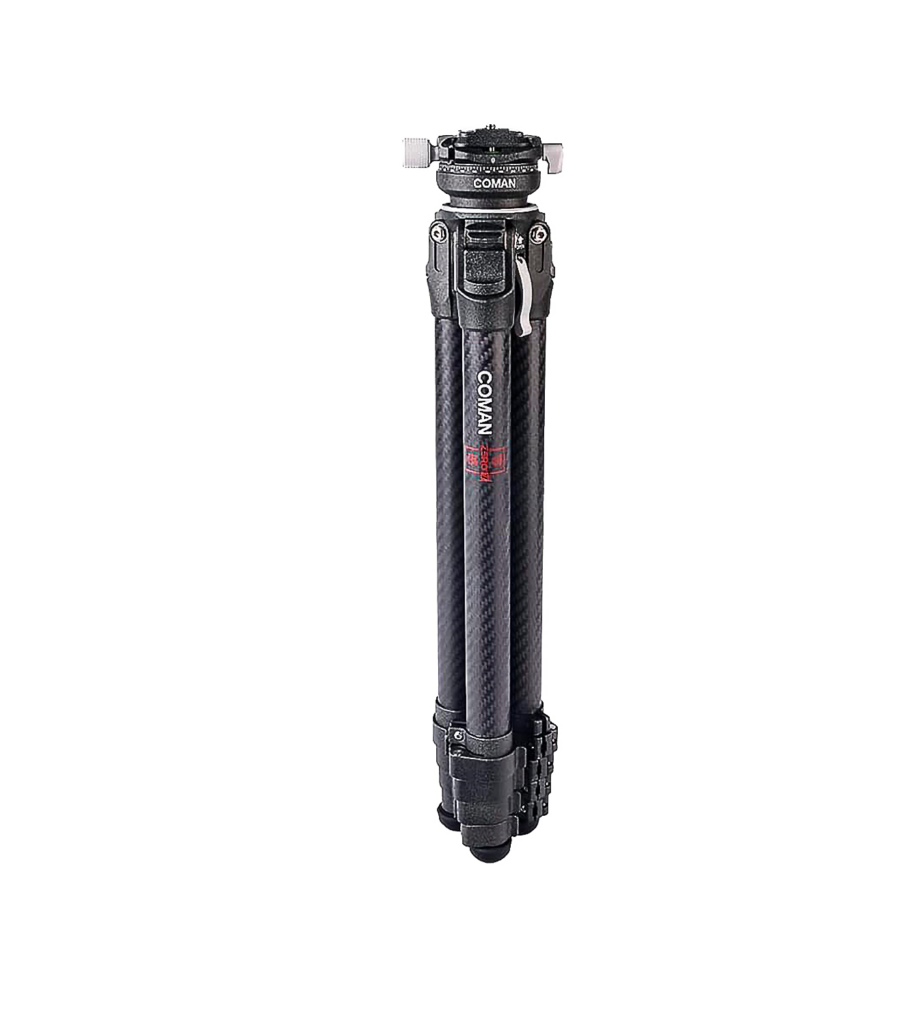
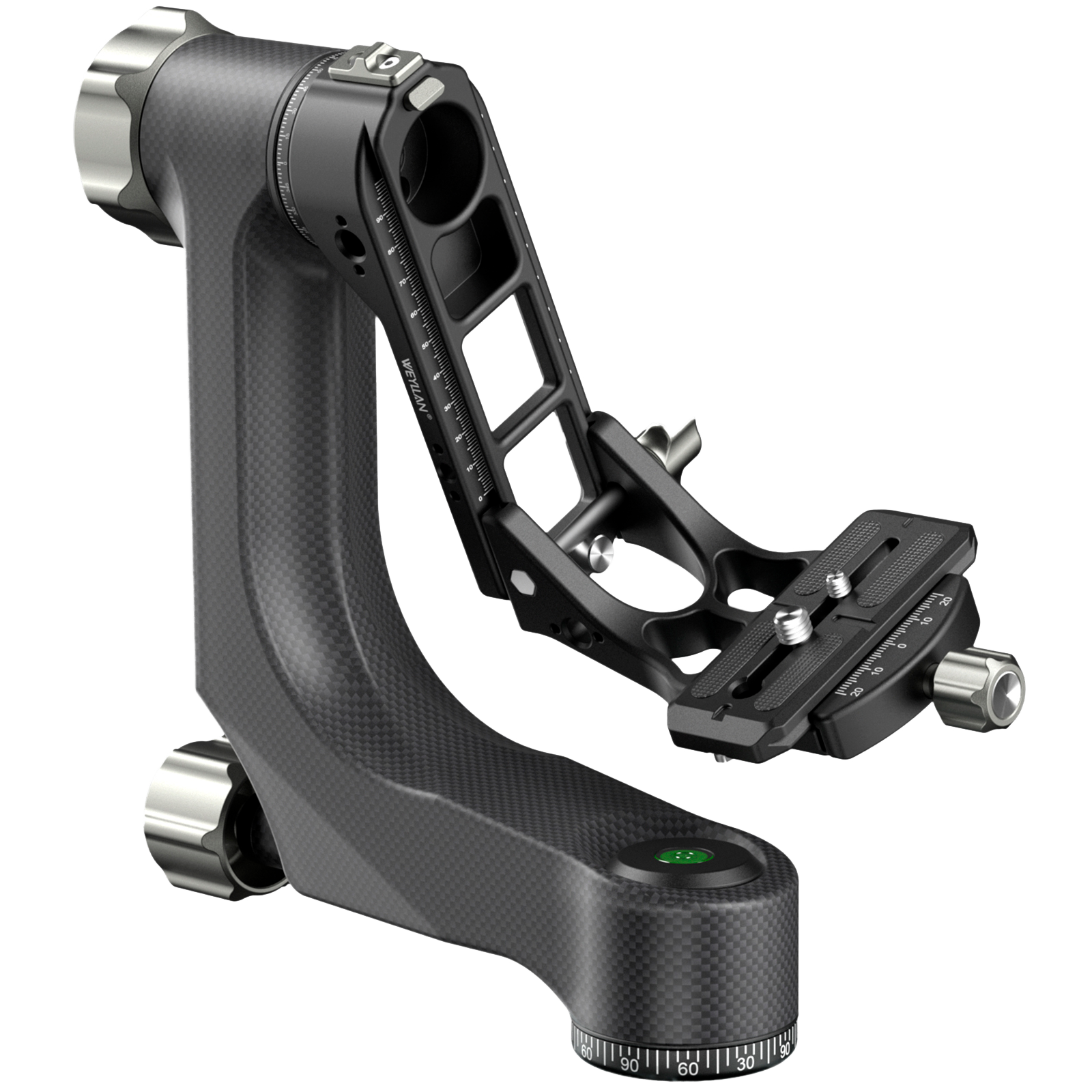
Weyllan ph8 carbon fiber gimbal
Completing the set!
As wildlife photographer the choose of a gimbal head was necessary. The gimbal head is essential if you are willing to take very stable shots or videos. This kind of head is made on purpose for hide photography. Its design ensure you stability and smoothness in every single movement.
Pro
- Light weight
- Regulations for every angle
- Rolling smoothness
Cons
- The light weight makes it less stable from wind or vibrations
- Very easy to scratch
" It's not the equipment that defines the photographer, but the photographer who breathes life into the camera. "


